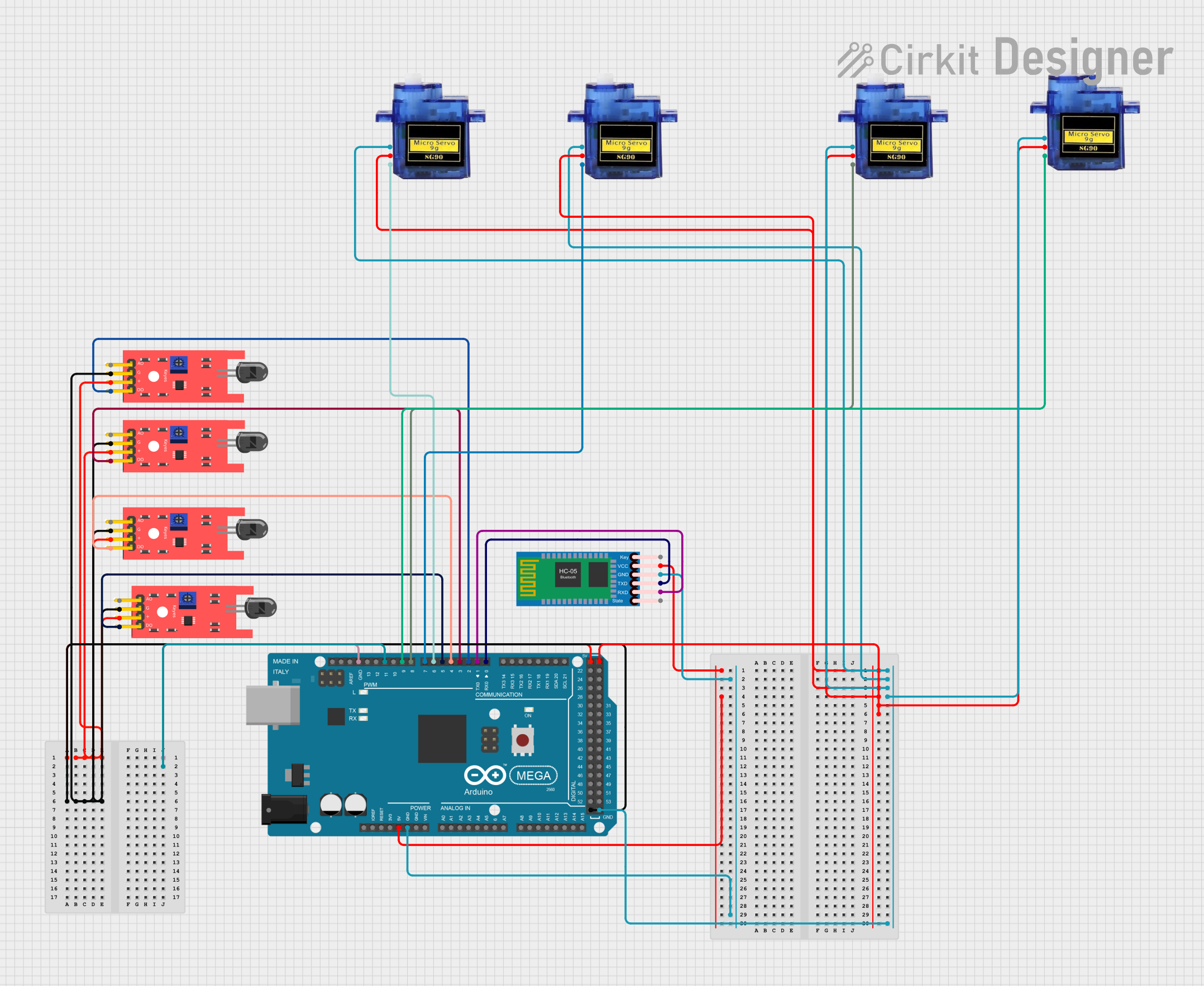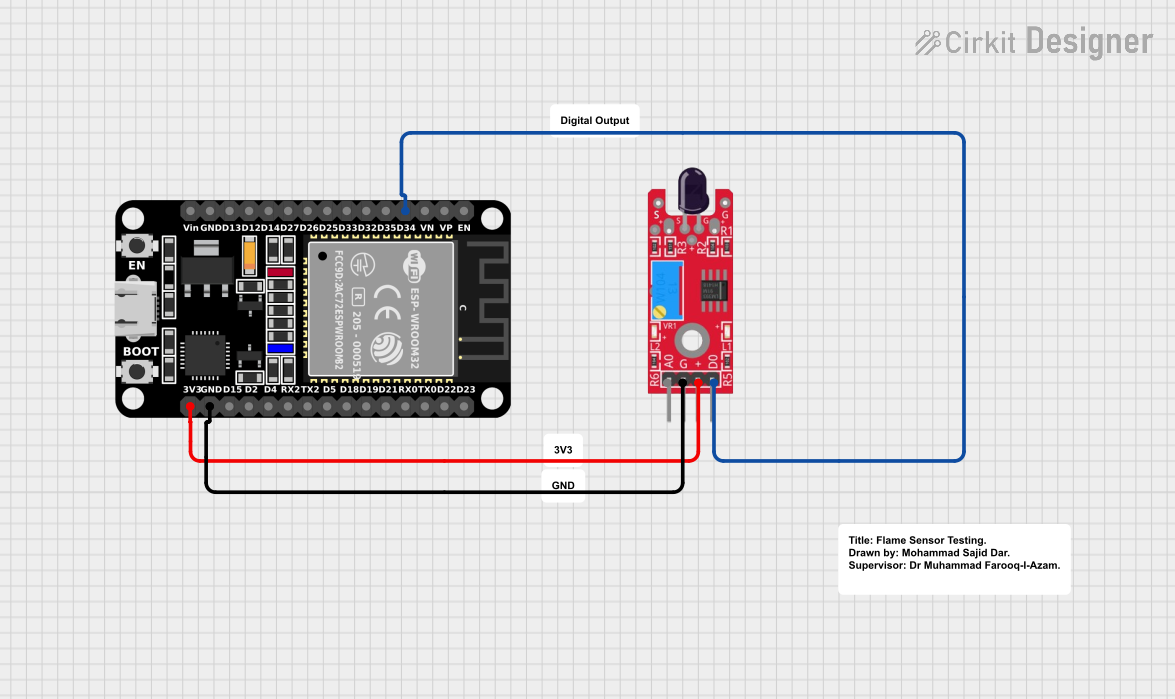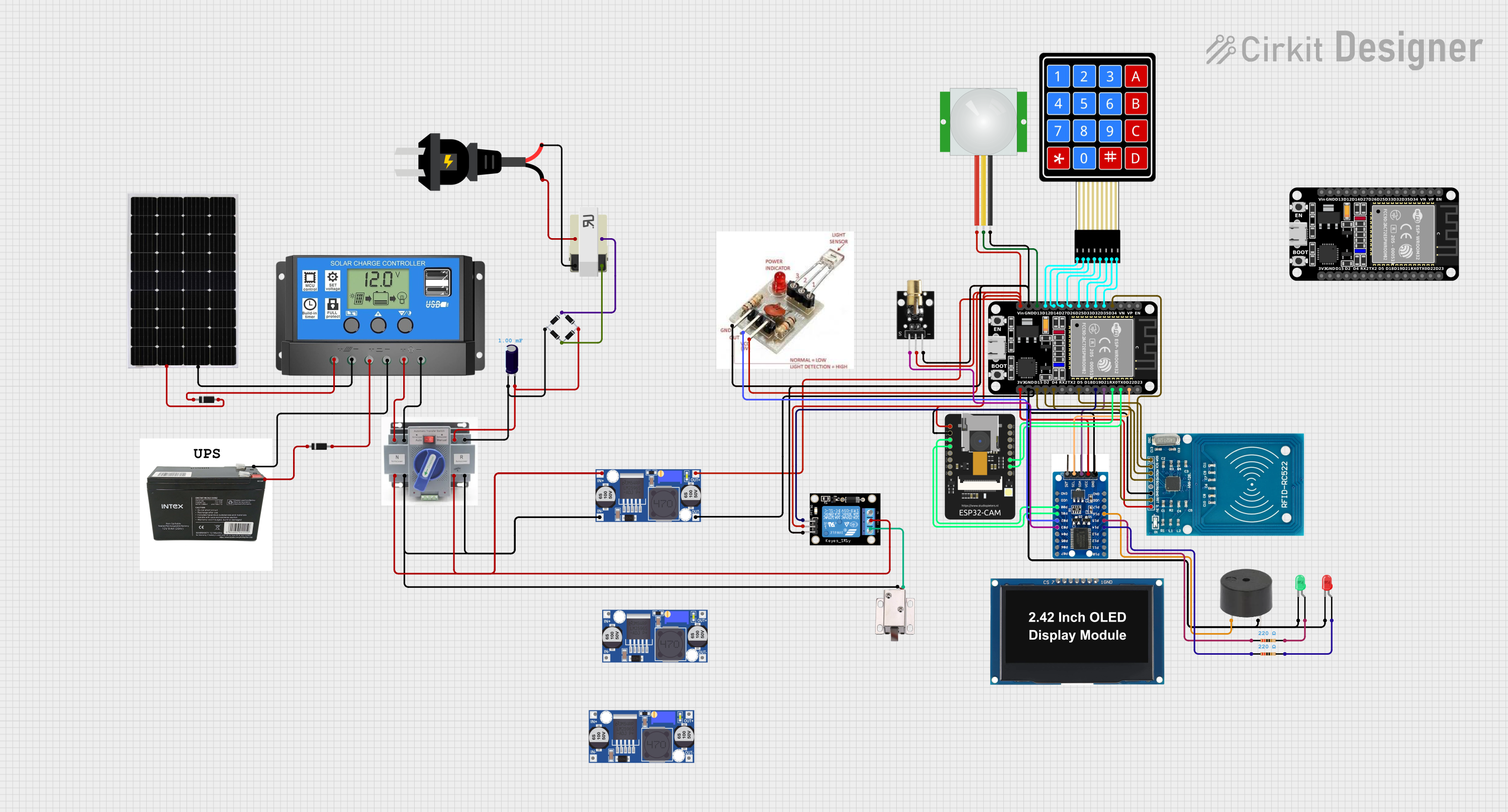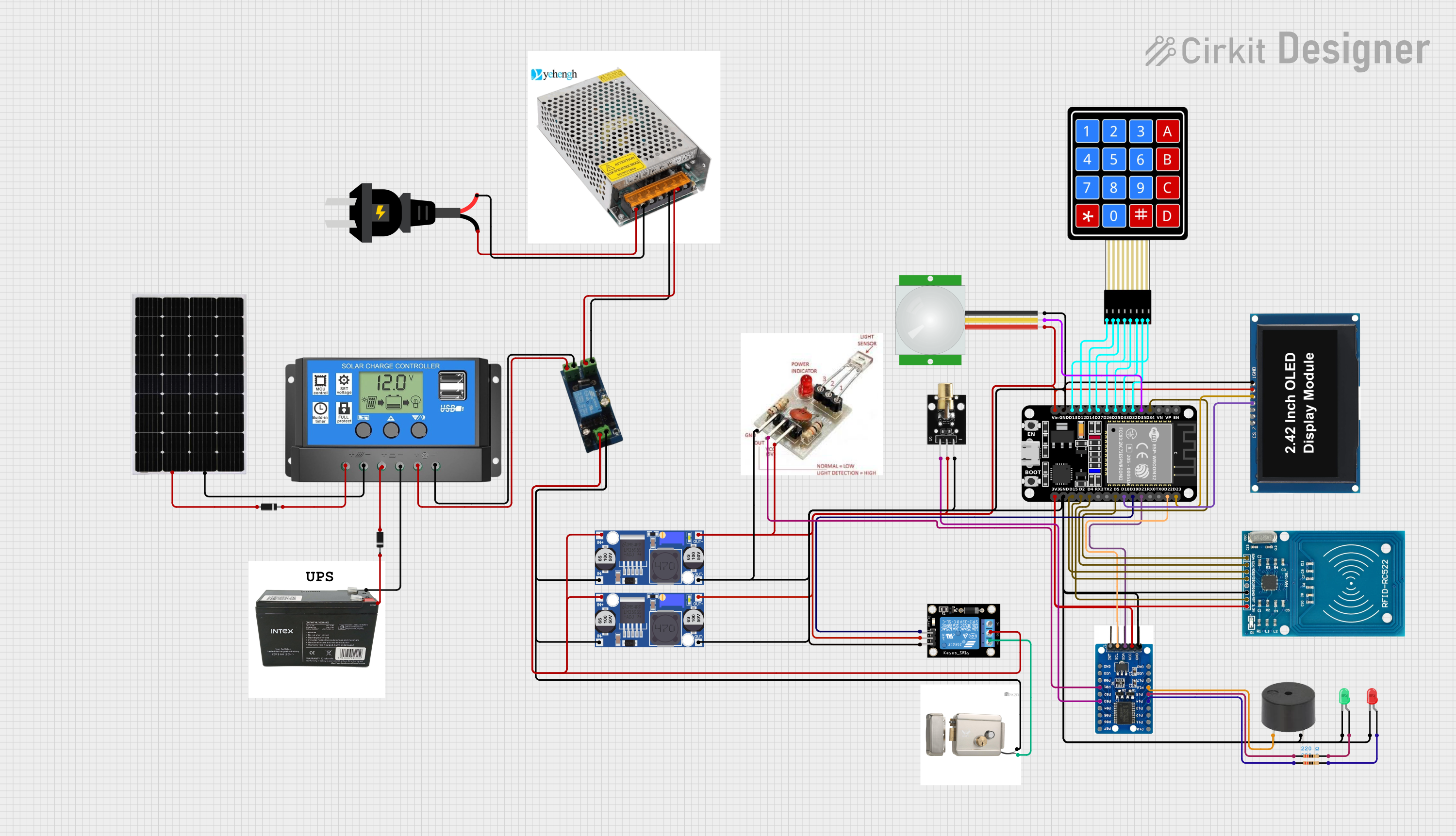
How to Use ky-027.1: Examples, Pinouts, and Specs

 Design with ky-027.1 in Cirkit Designer
Design with ky-027.1 in Cirkit DesignerIntroduction
The KY-027.1 is a digital infrared obstacle avoidance sensor module designed for detecting objects in its proximity. It operates by emitting infrared light through an infrared LED and detecting the reflected light using a phototransistor. When an object is detected, the module outputs a digital signal, making it easy to interface with microcontrollers and other digital systems.
Explore Projects Built with ky-027.1

 Open Project in Cirkit Designer
Open Project in Cirkit Designer
 Open Project in Cirkit Designer
Open Project in Cirkit Designer
 Open Project in Cirkit Designer
Open Project in Cirkit Designer
 Open Project in Cirkit Designer
Open Project in Cirkit DesignerExplore Projects Built with ky-027.1

 Open Project in Cirkit Designer
Open Project in Cirkit Designer
 Open Project in Cirkit Designer
Open Project in Cirkit Designer
 Open Project in Cirkit Designer
Open Project in Cirkit Designer
 Open Project in Cirkit Designer
Open Project in Cirkit DesignerCommon Applications and Use Cases
- Obstacle detection in robotics
- Line-following robots
- Proximity sensing in automation systems
- Object detection in conveyor belts
- Smart home applications, such as automatic doors or lighting systems
Technical Specifications
The KY-027.1 module is compact and easy to use, with the following key specifications:
| Parameter | Value |
|---|---|
| Operating Voltage | 3.3V to 5V |
| Output Type | Digital (High/Low) |
| Detection Range | 2 cm to 30 cm (adjustable) |
| Detection Angle | ~35° |
| Current Consumption | ~20 mA |
| Dimensions | 32mm x 14mm x 8mm |
Pin Configuration and Descriptions
The KY-027.1 module has three pins for easy interfacing:
| Pin | Name | Description |
|---|---|---|
| 1 | VCC | Connect to the positive supply voltage (3.3V to 5V). |
| 2 | GND | Connect to the ground of the power supply. |
| 3 | OUT | Digital output pin. Outputs HIGH (1) when no obstacle is detected, and LOW (0) when an obstacle is detected. |
Usage Instructions
How to Use the KY-027.1 in a Circuit
- Power the Module: Connect the
VCCpin to a 3.3V or 5V power source and theGNDpin to the ground. - Connect the Output: Connect the
OUTpin to a digital input pin of a microcontroller (e.g., Arduino UNO) or a digital logic circuit. - Adjust the Sensitivity: Use the onboard potentiometer to adjust the detection range and sensitivity of the sensor. Turn the potentiometer clockwise to increase sensitivity and counterclockwise to decrease it.
- Read the Output: Monitor the
OUTpin. It will output:- HIGH (1) when no obstacle is detected.
- LOW (0) when an obstacle is detected within the sensor's range.
Important Considerations and Best Practices
- Ambient Light Interference: The sensor may be affected by strong ambient light. Use it in controlled lighting conditions for optimal performance.
- Mounting Position: Ensure the sensor is mounted at an appropriate angle and height for the intended application.
- Power Supply: Use a stable power supply to avoid erratic behavior.
- Avoid Overexposure: Prolonged exposure to direct sunlight or strong infrared sources may degrade the sensor's performance.
Example: Connecting KY-027.1 to an Arduino UNO
Below is an example of how to connect and use the KY-027.1 with an Arduino UNO:
Circuit Diagram
- Connect the
VCCpin of the KY-027.1 to the 5V pin of the Arduino. - Connect the
GNDpin of the KY-027.1 to the GND pin of the Arduino. - Connect the
OUTpin of the KY-027.1 to digital pin 2 of the Arduino.
Arduino Code
// KY-027.1 Obstacle Avoidance Sensor Example
// Connect the OUT pin of the KY-027.1 to Arduino digital pin 2
const int sensorPin = 2; // KY-027.1 OUT pin connected to digital pin 2
const int ledPin = 13; // Onboard LED pin for visual feedback
void setup() {
pinMode(sensorPin, INPUT); // Set sensor pin as input
pinMode(ledPin, OUTPUT); // Set LED pin as output
Serial.begin(9600); // Initialize serial communication
}
void loop() {
int sensorValue = digitalRead(sensorPin); // Read the sensor output
if (sensorValue == LOW) {
// Obstacle detected
digitalWrite(ledPin, HIGH); // Turn on the LED
Serial.println("Obstacle detected!");
} else {
// No obstacle
digitalWrite(ledPin, LOW); // Turn off the LED
Serial.println("No obstacle.");
}
delay(100); // Small delay for stability
}
Troubleshooting and FAQs
Common Issues and Solutions
The sensor is not detecting obstacles:
- Ensure the module is powered correctly (check VCC and GND connections).
- Adjust the sensitivity using the onboard potentiometer.
- Verify that the obstacle is within the detection range (2 cm to 30 cm).
False detections or erratic behavior:
- Check for strong ambient light or infrared interference.
- Use a stable power supply to avoid noise in the output signal.
Output pin always HIGH or LOW:
- Inspect the wiring and ensure the
OUTpin is connected to the correct microcontroller pin. - Verify that the phototransistor and infrared LED are functioning properly.
- Inspect the wiring and ensure the
FAQs
Q: Can the KY-027.1 detect transparent objects?
A: The sensor may struggle to detect transparent or highly reflective objects due to insufficient reflected infrared light.
Q: How do I increase the detection range?
A: Adjust the onboard potentiometer clockwise to increase the sensitivity and detection range.
Q: Can I use the KY-027.1 with a 3.3V microcontroller?
A: Yes, the KY-027.1 operates within a voltage range of 3.3V to 5V, making it compatible with 3.3V systems.
Q: What is the maximum detection angle of the sensor?
A: The KY-027.1 has a detection angle of approximately 35°, which is suitable for most obstacle detection applications.